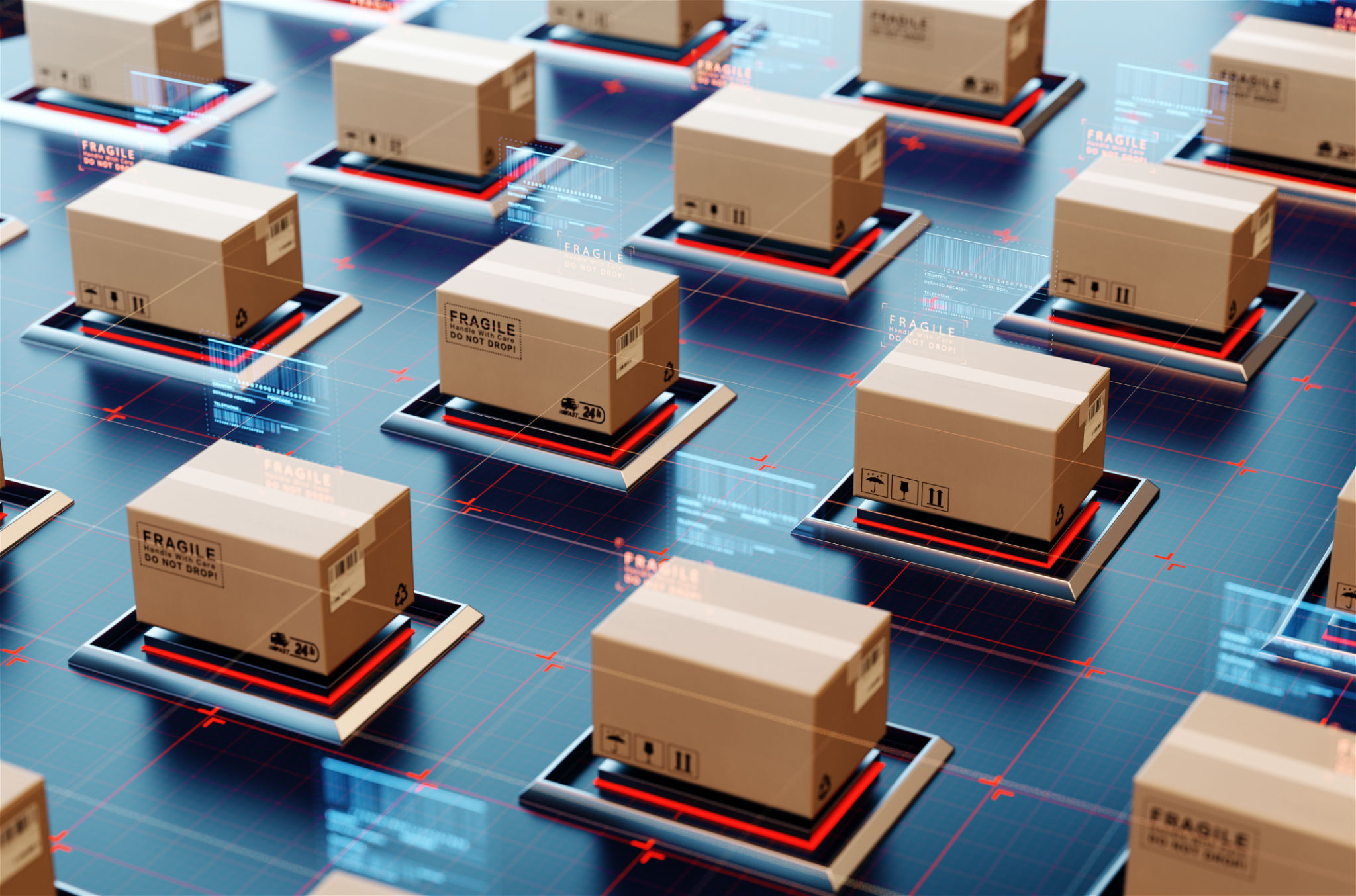The Future of Transportation: Trends in Digital Logistics Platforms
The Rise of Digital Logistics Platforms
In recent years, the logistics industry has been undergoing a significant transformation. The advent of digital logistics platforms is reshaping how businesses manage their supply chains. These platforms leverage technology to streamline operations, reduce costs, and enhance efficiency. As businesses continue to embrace digital transformation, the future of transportation is being redefined by these innovative solutions.
Digital logistics platforms offer a centralized hub for managing transportation operations. They provide real-time insights into fleet management, shipment tracking, and delivery optimization. This transparency allows businesses to make informed decisions and respond swiftly to any disruptions. As a result, companies can improve their operational efficiency and customer satisfaction.

Key Trends in Digital Logistics Platforms
Artificial Intelligence and Machine Learning
The integration of Artificial Intelligence (AI) and Machine Learning (ML) is one of the most significant trends in digital logistics platforms. These technologies enable predictive analytics, allowing companies to anticipate potential issues and optimize routes for faster delivery. AI-driven platforms can analyze vast amounts of data to identify patterns and provide actionable insights, improving decision-making processes.
Blockchain Technology
Blockchain technology is gradually making its way into the logistics sector. By providing a secure and transparent way to record transactions, blockchain helps ensure data integrity and reduces the risk of fraud. This technology facilitates trust among stakeholders by providing a tamper-proof record of transactions, making it easier to track the movement of goods throughout the supply chain.

Internet of Things (IoT)
The Internet of Things (IoT) is playing a crucial role in enhancing digital logistics platforms. IoT devices, such as sensors and GPS trackers, provide real-time data on the location and condition of goods in transit. This information helps companies monitor shipments and quickly address any issues that arise during transportation.
IoT-enabled logistics platforms also allow for better asset management. By tracking the usage and performance of vehicles and equipment, businesses can optimize maintenance schedules and reduce downtime, ultimately leading to cost savings.
The Impact on Supply Chain Management
The integration of digital logistics platforms has a profound impact on supply chain management. These platforms facilitate seamless communication and coordination among all parties involved, from manufacturers to end consumers. As a result, supply chains become more agile and resilient, capable of adapting to changing market conditions.

Furthermore, digital platforms enable companies to achieve greater visibility across their supply chains. This transparency allows for better demand forecasting and inventory management, reducing waste and improving efficiency. Companies that leverage these platforms can gain a competitive edge by delivering products faster and more reliably than their competitors.
The Road Ahead
As technology continues to evolve, digital logistics platforms will become even more sophisticated. We can expect further advancements in AI, blockchain, IoT, and other emerging technologies to drive innovation in the logistics sector. These developments will open up new opportunities for businesses to enhance their operations and deliver superior customer experiences.
In conclusion, the future of transportation is being shaped by digital logistics platforms that offer greater efficiency, transparency, and adaptability. As these platforms continue to evolve, businesses that embrace them will be well-positioned to thrive in an increasingly competitive market. The journey towards a fully digitalized logistics ecosystem has begun, and its potential is limitless.